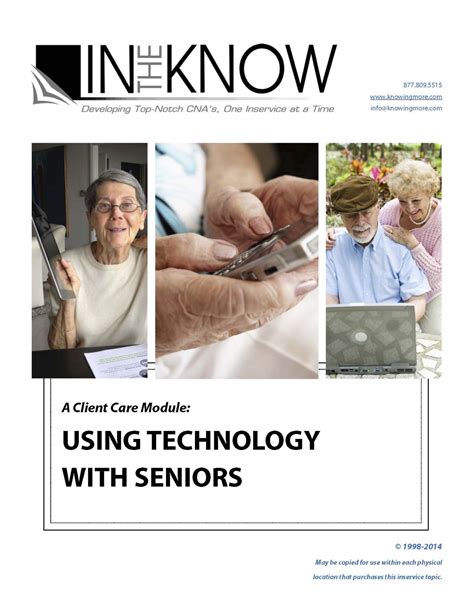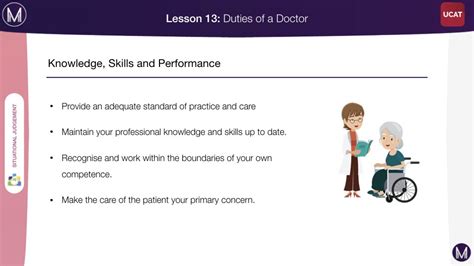In recent years, Information and Communication Technology (ICT) has significantly transformed the field of veterinary medicine, driving advancements that enhance the health and wellbeing of pets worldwide. From sophisticated diagnostic tools to telemedicine, ICT is reshaping how veterinarians diagnose, treat, and manage pet health. This technology not only improves the accuracy of diagnoses and the effectiveness of treatments but also revolutionizes communication between veterinarians and pet owners. As the veterinary field continues to evolve, the integration of ICT is proving essential in keeping pace with the demands of modern pet care. This article explores the pivotal role of ICT in revolutionizing veterinary medicine, ensuring better health outcomes for pets.
dominure.com offers a detailed exploration of this topic.
1. Introduction to ICT in Veterinary Medicine
Information and Communication Technology (ICT) is revolutionizing veterinary medicine, transforming how pet healthcare is delivered. ICT encompasses a wide array of digital tools and technologies that streamline information collection, processing, and sharing, significantly bolstering veterinarians’ capabilities. From electronic medical records to sophisticated diagnostic imaging, ICT facilitates more accurate, timely, and efficient pet care. Real-time data analysis and remote consultations, enabled by ICT, dismantle geographical barriers, making specialized care more readily accessible. The integration of ICT in veterinary medicine not only enhances diagnostic precision and treatment effectiveness but also improves the overall experience for both veterinarians and pet owners. As the veterinary field continues its evolution, adopting ICT is becoming increasingly crucial, allowing healthcare professionals to keep pace with rapid technological advancements and deliver the highest standard of care to their patients.

2. Diagnostic Advancements through ICT
Information and Communication Technology (ICT) has dramatically transformed the diagnostic capabilities of veterinary medicine, introducing a new era of precision and efficiency. The use of advanced imaging technologies, including digital radiography, ultrasound, and Magnetic Resonance Imaging (MRI) scans, has become more accessible and easier to interpret due to ICT. These tools provide veterinarians with detailed, high-resolution images, enabling more accurate diagnoses for a wide spectrum of conditions, ranging from fractures to internal diseases.
Beyond advanced imaging techniques, ICT has revolutionized laboratory diagnostics in veterinary medicine. Automated analyzers for blood tests, urinalysis, and other laboratory procedures provide swift and accurate results, crucial for timely decision-making in emergency situations. The integration of these diagnostic tools with veterinary software platforms facilitates seamless data management, enabling immediate uploading of results to a pet’s electronic medical record. This ensures that all vital information is readily accessible to the veterinarian, minimizing the potential for errors and enhancing the overall standard of care.
In addition, ICT empowers remote diagnostics via telemedicine, enabling specialists to provide consultations for complex cases without being physically present. This not only expands the range of diagnostic expertise accessible to veterinarians but also improves access to specialized care for pets in remote or under-served areas. The ongoing evolution of ICT in diagnostics holds the promise of further enhancing the accuracy and speed of veterinary care, ultimately contributing to improved health outcomes for pets.

3. ICT in Treatment and Patient Care
Information and communication technologies (ICT) have revolutionized veterinary medicine, enabling more precise and individualized care for pets. A notable advancement is computer-aided surgery, where ICT tools empower veterinarians to plan and perform complex procedures with enhanced accuracy. This technology minimizes surgical risks and accelerates recovery times, resulting in improved outcomes for pets.
ICT is essential for managing ongoing pet treatments. Automated medication dispensers and wearable devices monitor vital signs and track a pet’s health in real-time, enabling swift intervention when needed. This constant data flow allows veterinarians to tailor treatment plans to a pet’s current condition, resulting in more effective care.
Moreover, ICT empowers the management of chronic conditions in pets. Telemonitoring systems enable veterinarians to monitor a pet’s health remotely, ensuring adherence to treatment plans and prompt intervention in case of complications. This is especially advantageous for pets with long-term illnesses, as it facilitates continuous care without the necessity of frequent in-person visits.
Integrating ICT into veterinary treatment and patient care not only elevates the precision and effectiveness of interventions but also enhances the overall experience for pets and their owners. This results in more accessible and responsive veterinary care, tailored to the individual needs of each animal.

4. Telemedicine for Veterinary Services
Telemedicine has emerged as a transformative tool in veterinary services, allowing veterinarians to extend their reach beyond the confines of the clinic. Through telemedicine, pet owners can consult with vets remotely, enabling quick assessments and advice without the need for an in-person visit. This is particularly valuable for routine check-ups, follow-ups, or when access to veterinary care is limited due to geographical constraints.
Telemedicine also facilitates specialist consultations, where veterinarians can collaborate with experts from around the world on complex cases, providing pets with access to the highest level of care regardless of location. Additionally, the use of telemedicine reduces stress for pets by minimizing the need for travel and offers convenience for pet owners who may find it challenging to visit a clinic in person.
Telemedicine significantly improves the accessibility, convenience, and efficiency of veterinary care, ultimately guaranteeing pets receive prompt medical attention when it’s most crucial.

dominure.com

